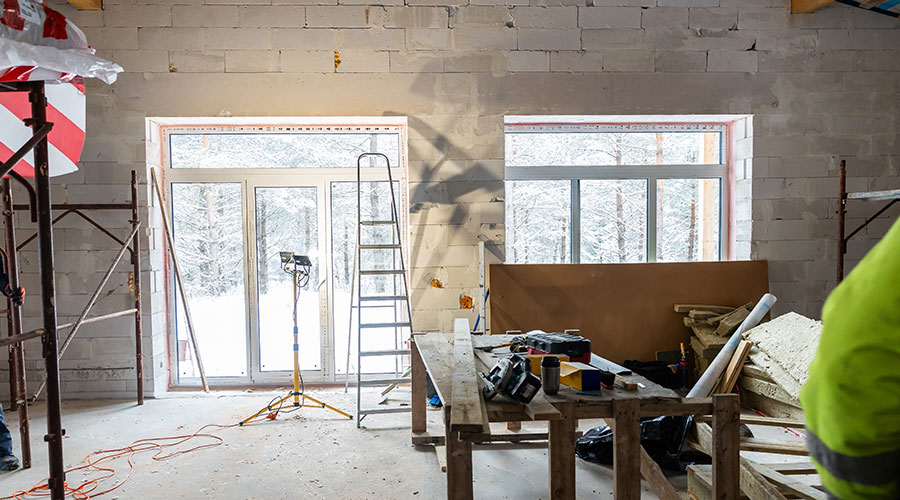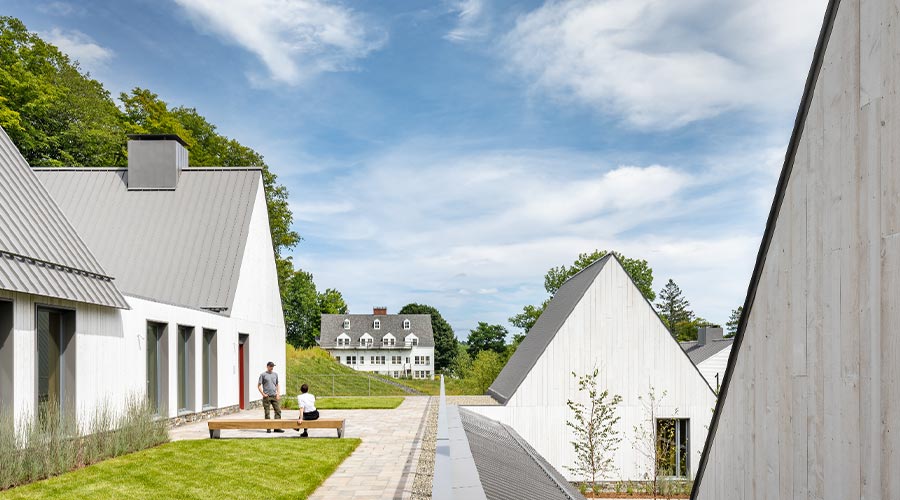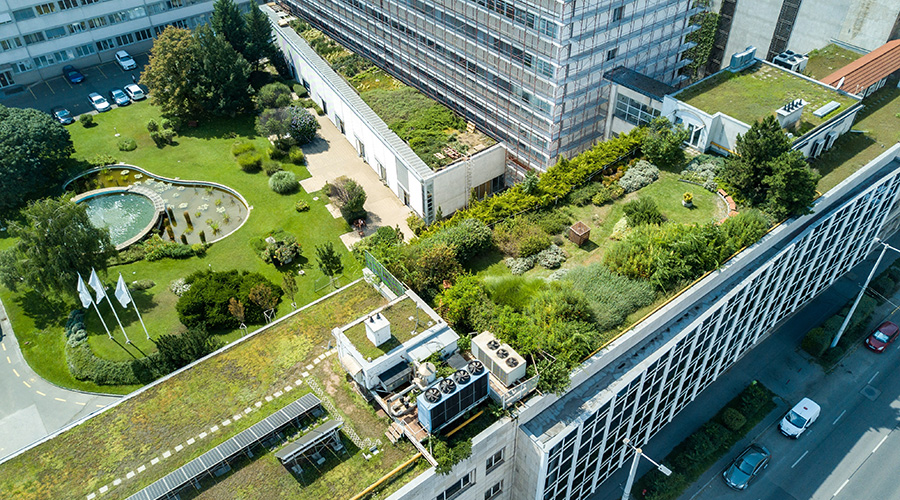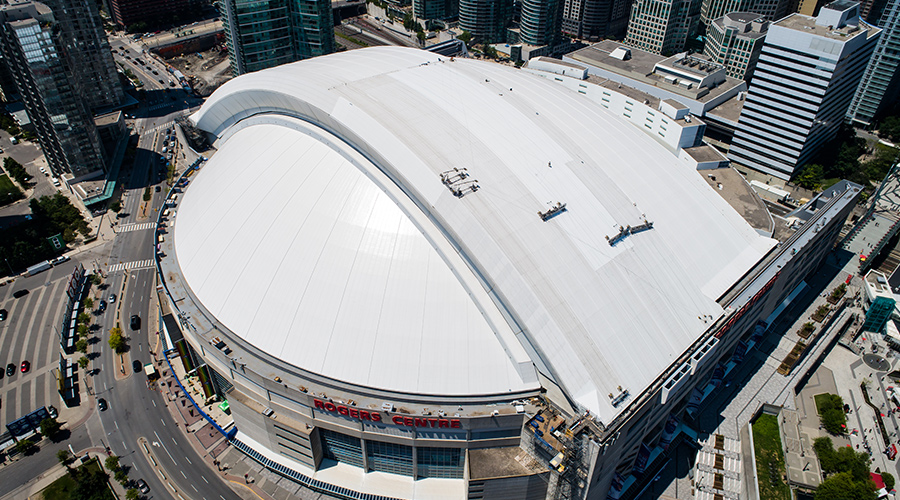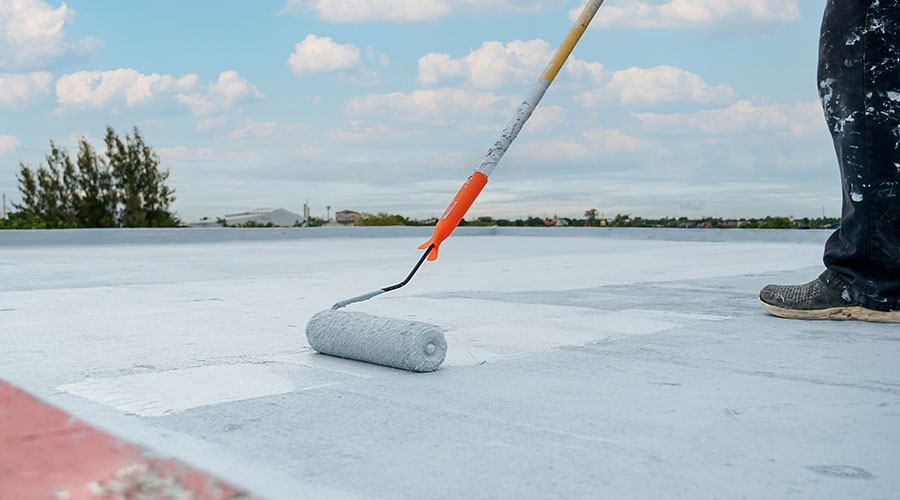Roof Coatings: LEED, Energy Star and the Cool Roof Rating Council
Maintenance and engineering managers understand the role roof coatings play in protecting their organizations' investments in roofing systems. For decades, managers have specified an array of coatings — including white, light-colored, and reflective products — to protect roofs from damage caused by weather and ultraviolet light.
But too few managers understand the energy-saving and sustainability benefits of roof coatings. A closer look at key programs related to green buildings and cool roofs reveal opportunities for managers seeking to cut energy use in institutional and commercial facilities, as well as enhance sustainability.
Key Programs, Codes & Standards
Among the key programs designed to aid managers seeking to improve energy efficiency with cool roof coatings include:
These three programs set standards for cool roof products based on reflectance, emittance, and solar reflectance index (SRI). Reflectance measures the fraction of solar energy the roof coating reflects. Thermal emittance refers to the relative ability of a roof surface to radiate away absorbed heat. The SRI is a calculation based partly on reflectance and thermal emittance, among other factors.
Cool roof programs use ASTM standard C1549 for roof coating reflectance and C1371 for emittance. USGBC uses the SRI, and the CRRC also is adopting it. The index is based on ASTM E1980. The measurement scale is 0-100, where zero equals standard black — reflectance is 0.05, and emittance is 0.90 — and 100 equals standard white — reflectance is 0.80, and emittance is 0.90. LEED Version 2.2 for new construction awards one point when the SRI is 78 over a minimum of 75 percent of the surface for low-slope roofs.
A LEED-compliant roof must meet rules established under California's Title 24. The California Energy Commission's 2008 revisions to Title 24, Building Energy Efficiency Standards, went into effect Jan. 1, 2010.
They apply to any new construction or modernization project that requires a building permit. Local parties enforcing building codes review the designers' plans for compliance with Title 24 before issuing a permit, and they check to ensure compliance with the plans during commissioning before issuing an occupancy permit.
Title 24 uses the CRRC's product ratings to determine compliance.
Related Topics:






